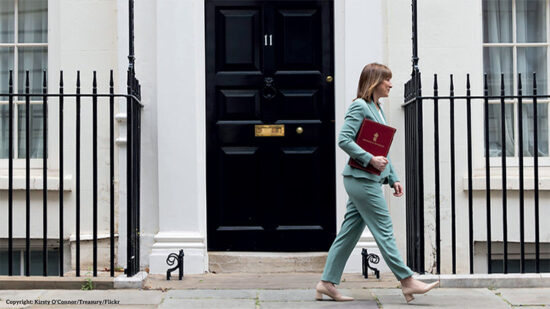They may have continued to own a UK property, despite the fact that they were non-UK resident, and maintained significant other ties to the UK during their absence.
Therefore, irrespective of the time they have spent abroad, they will be UK domiciled and subject to UK inheritance tax (IHT) on their worldwide assets.
Having worked hard to build up their net worth, thoughts about covering any potential IHT liability on their death may not be their primary concern. However, undertaking the necessary planning now can make the lives of the family and personal representatives (PRs) significantly easier.
The UK currently has an IHT free threshold of £325,000. This has not increased for a number of years and is not expected to be reviewed for some time to come. Therefore, while personal assets/property may increase in value, the exemption to offset some of that increase in value may not.
As such, the idea of regularly paying a modest premium into a protection policy to cover an anticipated IHT liability is something which more people need to seriously consider.
An example
Richard is 45, currently working in the Middle East on a long term contract, and planning to retire at 60 and return to the UK.
Current UK assets/value:
| Home (no mortgage) | £390,000 |
| Home contents | £35,000 |
| Bank deposits | £40,000 |
| Other investments | £60,000 |
| Current total net worth | £525,000 |
Current IHT liability:
| £525,000, less £325,000 | £200,000 |
| £200,000 x 40% | £80,000 |
Now, £80,000 is a bitter enough pill for anyone to swallow but if we assume 5% growth on the £525,000 over the next 15 years, then Richard’s taxable estate could grow to as much as £1.1m, resulting in an IHT liability of £310,000.
Planning
Richard goes to see his adviser, who suggests that he should try and mitigate the IHT liability now, while he is earning a good salary and the premium payments for the protection product can be met from Richard’s disposable income.
Richard takes out a whole of life policy with the ACME insurance company. The sum assured on the policy is £400,000, which is more than enough to cover the anticipated IHT liability on Richard’s death.
It’s at this point that all the hard work undertaken by the adviser can be in vain. Yes, he has analysed the client’s needs and recommended a suitable product, but what is going to happen to the sum assured on Richard’s death?
As the product is held by Richard, it will be an asset of his estate for IHT valuation purposes, thus increasing his IHT exposure even further, but that is only one problem. Problem number two is that his PRs will need to obtain probate before they can deal with the insurance company and try to obtain the sum assured.
This may not sound too onerous but remember that in order to obtain probate, the PRs need to submit an IHT account to HMRC and the tax has to be paid.
The chicken and egg scenario
The PRs need the claim sum assured to pay the IHT, but they can’t access the sum assured because the Life Office quite rightly refuses to deal with them. As far as the Life Office is concerned, they have not been provided with any documentation which proves that the PRs have the legal right to administer Richard’s estate.
More importantly, if the Life Office does not obtain probate, they run the risk of having to pay out again should it transpire that the original claimants were acting fraudulently.
By obtaining probate, the Life Office is exonerated from future claims. As such, round and round we go, and unless someone can lend the PRs the money to pay the IHT bill, some of Richard’s prized possessions may have to be sold.
Had the policy been placed in a suitable trust then not only would the value of the cover have fallen outside of his estate for IHT valuation purposes, but as the trustees are the legal owners of the policy, the Life Office would have paid them without concern.
The IHT liability could then be settled quickly and without distress to Richard’s family.
Split trusts
So, now that we have established that trusts are necessary where IHT planning is required, what would Richard have done if his adviser had recommended a policy with critical illness cover?
Some product providers have something called a ‘split trust’, in that if the life assured is diagnosed with a critical illness, they can have access to that part of the cover while any remaining life cover remains outside of their estate for IHT purposes.
In most cases, it is common to find that upon diagnosis of a critical illness, the life assured must survive a minimum period of time before access to the critical illness benefit can be given. This is because the whole point of having critical illness cover is to be able to use it to improve the quality of the life of the claimant, and not to increase the value of their estate for IHT.
By surviving a reasonable amount of time following the diagnosis of a critical illness, the prognosis of the client should be such that they have a better than average chance of being able to use the benefit that has been advanced.
If the client does not survive the specified period of time following diagnosis, the trustees would not advance the benefit and it would remain outside of the client’s estate for IHT valuation purposes.
Advisers need to be mindful of the fact that you can only plan today using the current legislation. While IHT threshold rates may or may not change, or even be repealed, your client will not thank you for doing nothing about it if they don’t.
Neil Chadwick is the technical marketing manager for Royal London 360°








